This article was co-authored by Ritu Thakur, MA. Ritu Thakur is a healthcare consultant in Delhi, India, with over 10 years of experience in Ayurveda, Naturopathy, Yoga, and Holistic Care. She received her Bachelor Degree in Medicine (BAMS) in 2009 from BU University, Bhopal followed by her Master's in Health Care in 2011 from Apollo Institute of Health Care Management, Hyderabad.
There are 34 references cited in this article, which can be found at the bottom of the page.
This article has been viewed 119,657 times.
Burning essential oils is a low-tech and inexpensive way to add beautiful aromas to your home. However, these powerful substances must be used with care and caution. Some people feel stimulated or relaxed when they breathe certain essential oil aromas.[1] If used properly and safely, burning essential oils can help you create an aromatic and therapeutic environment.
Steps
Selecting Your Oils
-
1Select oils that are 100% pure. Research the brands you see in stores and online and read reviews. Look for an oil with 100% purity. Don’t use an oil that is mixed or altered with something else.[2]
- Don’t confuse essential oils with fragrance oils. Essential oils are extracted directly from plant materials.[3]
- Essential oils are not really oils. They are highly concentrated aromatic compounds extracted from plants. This makes them unique from fragrance oils, which are created specifically to smell good.
- Essential oils should come in dark tinted bottles as exposure to light can degrade their chemical structures.
- Look for the Latin names of the plants on the bottles as this will let you know exactly what you are getting.
- Check the scent of the oil. If it doesn’t smell good or it differs from what you expected, it may not be a high-quality preparation.
-
2Choose scents like lavender to help you relax. If you’re dealing with stress then lavender, chamomile, sandalwood or rose oils may be calming options for some people.[4] Try combining different oils to create your own personalized scent profile.
- Read up on any scent you choose so that you are informed of possible risks. Cinnamon bark, for example, has been shown to cause allergic reactions in people who have seasonal allergies.[5]
Advertisement -
3Scents like rosemary may improve focus and concentration. There are some essential oils that people associate with a calmer and more focused mind. These are great for when you are working under a deadline or are simply struggling to get your mind in order. Rosemary oil is a nice option for these situations.[6]
- Cedarwood, lemon oil, grapefruit, wild orange, and lavender are also good options. Try them out to see which ones you prefer or use a blend that you enjoy.[7]
-
4
-
5Select oils that smell good to you. Some essential oils may have therapeutic value but may not smell all that great. Tea tree oil, for example, has antimicrobial properties, but it has a very woodsy smell that you may not want in your home. Other oils, like peppermint, for example, will smell nice in addition to any aromatherapy effects you might experience.[10]
- Try adding a few drops of an oil that smells good, like lavender, to your preparation to improve the overall effect.
- Rose essential oil is associated with reducing stress and anxiety.[11]
- Patchouli essential oil is another fragrance many people find pleasant. Like tea tree oil, it may have some antimicrobial and antifungal effects.[12]
-
6Visit an aromatherapist for advice.[13] While aromatherapists are not accredited health professionals and cannot treat or offer medical advice, they can help suggest essential oils or blends you might be interested in trying out.[14]
- Don't do business with aromatherapists who claim to be able to cure health conditions or charge large amounts of money.
- Always exercise caution when evaluating health claims about essential oils, because there is currently little evidence for their effectiveness.
- The vast majority of essential oils are not very expensive and should not cost a fortune.[15]
Expert AnswerQWhat essential oil wakes you up?
Ritu Thakur is a healthcare consultant in Delhi, India, with over 10 years of experience in Ayurveda, Naturopathy, Yoga, and Holistic Care. She received her Bachelor Degree in Medicine (BAMS) in 2009 from BU University, Bhopal followed by her Master's in Health Care in 2011 from Apollo Institute of Health Care Management, Hyderabad.Natural Health Care Professional
 EXPERT ADVICEAnswer from Ritu Thakur, MA:
EXPERT ADVICEAnswer from Ritu Thakur, MA:Try peppermint oil to help you get your mind going and to improve your alertness. Peppermint may even help with fatigue.
Using a Traditional Oil Burner
-
1Choose a traditional candle burner for its simplicity. Traditional oil burners are two-tiered ceramic pieces made up of a small bowl-shaped top where you put your oil, and a bottom section where you place a small, tea-light candle.[16]
- Oil burners of this type are inexpensive, easy to find in stores or online from retailers that sell home goods or health and beauty supplies. You can even find these in some grocery stores.
- Look for a burner that has a deep bowl so the contents won’t evaporate too quickly.[17]
-
2Fill the ceramic bowl on the top of your burner with water. Pour water slowly into the top, carefully filling the bowl until it is just below the edge. Some burners have an inner lip, which is a good indicator to use when you’re filling the bowl.[18]
- Using regular tap water is fine, but if you have high mineral levels in your water you may prefer to use distilled water to minimize the build-up of residue.[19]
-
3Add 10 drops of your essential oils to the water. Using either a medicine dropper or the applicator/dispenser that came with your oil, add 10 drops of your oil to the water.[20]
- If you’re mixing oils, keep the total number of drops to 10 or less as you don’t want to overdo it. You can always add more later if you think the aroma is not strong enough.
- Experiment to find the concentration of oil to water that you like best.
-
4Insert and light your tea light. A tea light candle is a small candle encased in a foil shell so that when it burns, the wax is contained. Carefully light the candle and place it in the bottom of the burner.[21]
- Oil is flammable, so keep your oil bottles away from the flame.
- Never leave an open flame unattended and keep the burner out of reach of pets and children.[22]
-
5Limit the time you burn oils to 30-60 minutes. Because there can be negative effects to breathing essential oils constantly, it is best to keep diffusing sessions within the 30-60 minute range. You can alternate with 30-60 minutes on, and 30-60 minutes off.[23]
-
6Wash your burner in between uses to prevent residue build-up. Wipe out the bowl of your burner with a tissue dampened with rubbing alcohol.[24] This will remove oil residue, leaving your burner fresh and scent-free for the next time you want to use it. If left unwashed, your burner will soak up the essential oil residues that are left behind. [25]
- Built-up residue contributes to an accumulation of scents that will ultimately make the burner unusable for different oils.
- Leaving your burner unwashed may also result in an unpleasant burnt smell when you use it.
Using an Electric Oil Burner
-
1Look for a ceramic burner that uses a low heat. A burner that uses a small lightbulb as a heating element can be a good option, as the warmer will only get as hot as the lightbulb allows. Other models involve sitting a ceramic bowl on top of a heating element, sometimes referred to as a candle warmer or wax warmer.[26]
- Electric burners eliminate the need for an open flame, but electrical hazards can still cause fire risks and the heating element can cause burns. Operate these with care and never leave them unattended.[27]
- Avoid using an extension cord as this increases the risk of fire. Choose a burner that has a cord that is long enough to reach your outlet.
- Do not place more than three electrical appliances into any one outlet at a time. It’s also a good idea to unplug your burner when it’s not in use.
-
2Prepare your oil just as you would with a traditional burner. Electrical burners really only differ from traditional models in how they heat the oils. The rest of the process looks the same.[28]
- Fill the ceramic bowl with water, using distilled if your tap water has a high mineral content.
- Add approximately 10 drops of your essential oils.
-
3Turn on your burner by plugging it in. Instead of lighting a candle, your electric burner will need to be plugged into a working electrical socket. Some burner models may also have an “off/on” switch somewhere on their cord. Check to see if this is the case and make sure you turn it to the on position.[29]
- Don’t burn your oils for more than an hour or so at a time. Cycle between periods of burning and not burning so that you don’t overwhelm your space with too much oil.
-
4Keep your burner clean in between uses. Wash out the bowl of your burner in between aromatherapy sessions to avoid the build-up of residues. Use a tissue or cloth dampened with rubbing alcohol to wipe out the bowl.[30]
- Turn off and unplug your burner before cleaning it. Leave it to cool for 15-20 minutes after turning it off before you attempt to clean it as it could cause burns.
- To remove built-up residue that you missed, try a mixture of 2-3 drops of lemon essential oil, 2 tablespoons (28.8 g) of baking soda and ½ tablespoon (7.5 mL) of water. Spread this over the affected area and let it sit for 5 minutes before wiping clean with a sponge.[31]
Burning an Essential Oil Candle
-
1Buy clean-burning essential oil candles to prevent indoor air pollution. Whether you’re shopping in a store or online, look for candles that are made with pure essential oils (not just fragrance). Also select candles that are made from beeswax or soybeans, not paraffin (a petroleum byproduct).[32] Also check for a “lead-free” label when you purchase candles.[33]
- Look for cotton wicks when you are shopping for candles.
- Keep your wicks trimmed to 1⁄8 in (0.32 cm). This lessens the amount of soot the candle produces while it’s burning.
-
2Make your own essential oil tea lights. This process involves hot wax, so proceed with caution. Light a tea light candle and allow the wax to melt. Extinguish the flame and then add 3-5 drops of your essential oils into the wax. Stir with a toothpick and allow the wax to cool and harden again.[34]
- Experiment with the concentration of essential oil in your DIY candles until you get the result you want.
-
3Burn your candles long enough for it to melt all the way across. Whether you are using a store-bought or homemade candle, you want to burn it long enough for the entire top layer of wax to melt. This will ensure that your candle burns evenly and will last as long as possible.[35]
- Look for candles with multiple wicks. This will help speed up the melting process, diffusing oils more quickly and efficiently.
- Just like with oil burners, don’t burn your candles all day long, every day as this can have negative health effects.
- Burn until the wax is evenly melted, then take a break. The exact times will vary based on the size of your candle.
Expert Q&A
Did you know you can get premium answers for this article?
Unlock premium answers by supporting wikiHow
-
QuestionWhere do you apply peppermint oil for headaches?
 Ritu Thakur, MARitu Thakur is a healthcare consultant in Delhi, India, with over 10 years of experience in Ayurveda, Naturopathy, Yoga, and Holistic Care. She received her Bachelor Degree in Medicine (BAMS) in 2009 from BU University, Bhopal followed by her Master's in Health Care in 2011 from Apollo Institute of Health Care Management, Hyderabad.
Ritu Thakur, MARitu Thakur is a healthcare consultant in Delhi, India, with over 10 years of experience in Ayurveda, Naturopathy, Yoga, and Holistic Care. She received her Bachelor Degree in Medicine (BAMS) in 2009 from BU University, Bhopal followed by her Master's in Health Care in 2011 from Apollo Institute of Health Care Management, Hyderabad.
Natural Health Care Professional
Things You’ll Need
Using a Traditional Oil Burner
- Ceramic oil burner
- Tea light candles
- Essential oils
- Water
- Matches or lighter
Using an Electric Oil Burner
- Electric oil burner
- Lightbulb (if necessary)
- Essential oils
- Water
Burning an Essential Oil Candle
- High-quality candles (soy or bees wax)
- Essential oils (if you’re making your own)
- Toothpicks (if you’re making your own)
- Matches or a lighter
- Scissors (to trim the wicks)
Warnings
- Just because essential oils are natural, doesn’t mean they are safe. They are highly concentrated and can be dangerous if not used properly.[36]⧼thumbs_response⧽
- Never burn essential oil without diluting it.⧼thumbs_response⧽
- Keep children and pets away from essential oils.[37] If a child or pet ingests the oil, develops a rash, has difficulty breathing, or gets the oil in their eyes, you should seek immediate medical assistance.[38]⧼thumbs_response⧽
- If you get the oil on your skin, immediately wash the area with soap and water.[39]⧼thumbs_response⧽
References
- ↑ https://www.webmd.com/beauty/news/20180813/essential-oils-promise-help-but-beware-the-risks
- ↑ https://www.takingcharge.csh.umn.edu/explore-healing-practices/aromatherapy/how-do-i-determine-quality-essential-oils
- ↑ https://youtu.be/GgQPzTBEM3Q?t=83
- ↑ https://www.takingcharge.csh.umn.edu/enhance-your-wellbeing/health/sleep/manage-insomnia-naturally
- ↑ https://www.webmd.com/beauty/news/20180813/essential-oils-promise-help-but-beware-the-risks
- ↑ https://www.organicfacts.net/essential-oils-focus.html
- ↑ https://www.organicfacts.net/essential-oils-focus.html
- ↑ Ritu Thakur, MA. Natural Health Care Professional. Expert Interview. 25 July 2019.
- ↑ https://www.organicfacts.net/essential-oils-reducing-fatigue.html#peppermint-oil
- ↑ https://www.livescience.com/52080-essential-oils-science-health-effects.html
- ↑ https://www.ncbi.nlm.nih.gov/pmc/articles/PMC5511972/
- ↑ https://www.ncbi.nlm.nih.gov/pmc/articles/PMC3813264/
- ↑ https://www.takingcharge.csh.umn.edu/explore-healing-practices/aromatherapy/how-do-i-find-qualified-aromatherapist
- ↑ https://naha.org/
- ↑ https://www.mamamia.com.au/do-essential-oils-work/
- ↑ https://www.youtube.com/watch?v=zMR3xFQgg88
- ↑ https://youtu.be/Jc4rG0hOshE?t=134
- ↑ https://youtu.be/3oxQvJyRLmg?t=101
- ↑ https://youtu.be/3oxQvJyRLmg?t=79
- ↑ https://youtu.be/3oxQvJyRLmg?t=107
- ↑ https://www.youtube.com/watch?v=zMR3xFQgg88
- ↑ https://www.nfpa.org/Public-Education/By-topic/Top-causes-of-fire/Candles
- ↑ https://tisserandinstitute.org/safety/safety-guidelines
- ↑ https://www.wellandgood.com/good-looks/how-to-clean-your-diffuser/
- ↑ https://youtu.be/Jc4rG0hOshE?t=124
- ↑ https://youtu.be/Cdxx0hr7LhM?t=266
- ↑ https://www.wesleyan.edu/firesafety/guidelines.html#
- ↑ https://youtu.be/XtQGrH5TiCk?t=1
- ↑ https://youtu.be/XtQGrH5TiCk?t=26
- ↑ https://www.wellandgood.com/good-looks/how-to-clean-your-diffuser/
- ↑ https://www.earlybirdmom.com/homemade-goo-gone/
- ↑ https://www.greenamerica.org/toxiccandles
- ↑ http://www.cnn.com/2009/HEALTH/08/21/candles.air.pollution/
- ↑ https://thehomemadeexperiment.com/diy-scented-votive-candles/
- ↑ https://www.thisisinsider.com/right-way-to-burn-a-candle-2016-11
- ↑ https://youtu.be/AZ86qorwmXk?t=16
- ↑ https://healthywa.wa.gov.au/Articles/A_E/Essential-oils
- ↑ https://tisserandinstitute.org/safety/what-to-do-when-experiencing-an-adverse-reaction/
- ↑ https://tisserandinstitute.org/safety/what-to-do-when-experiencing-an-adverse-reaction/
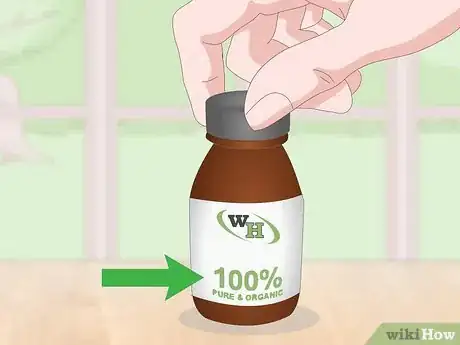
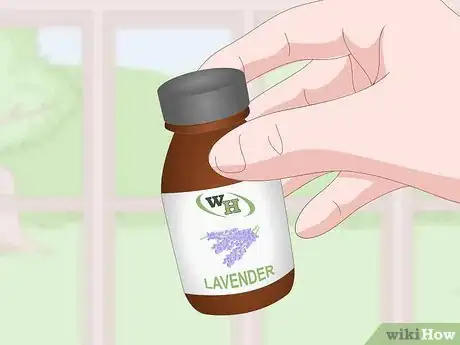
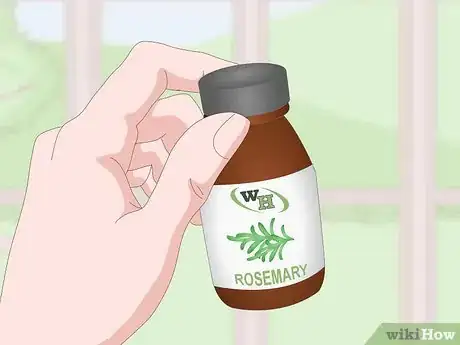
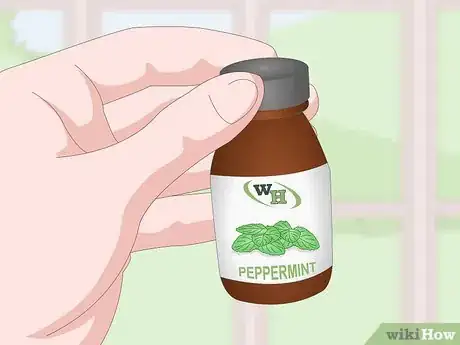
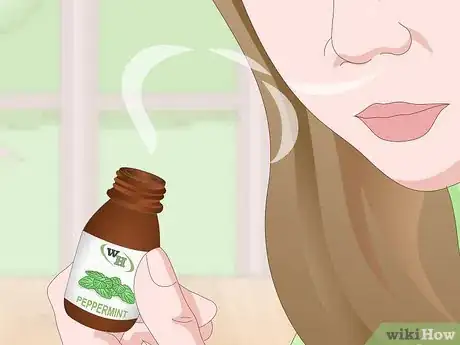
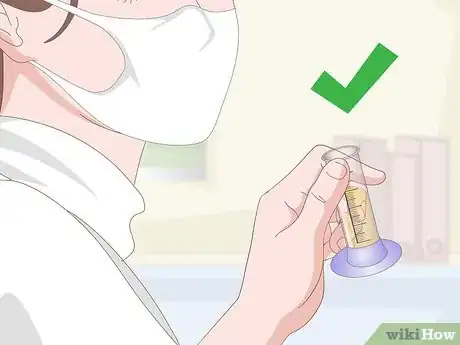
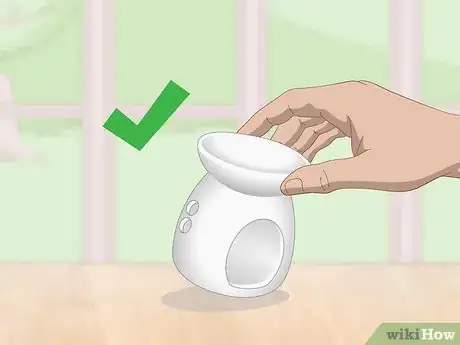

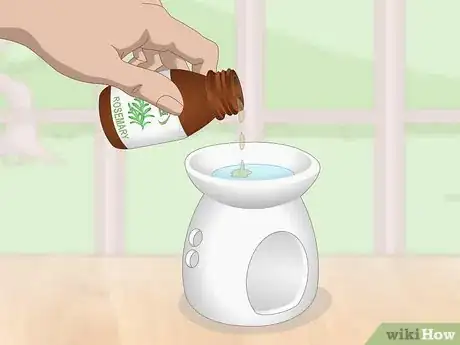

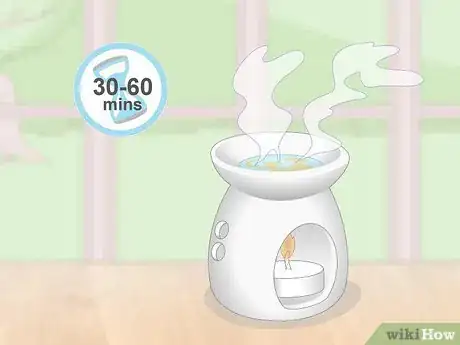
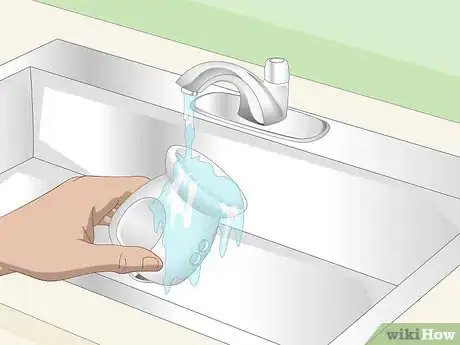
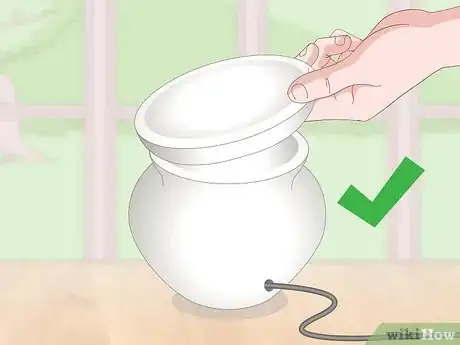
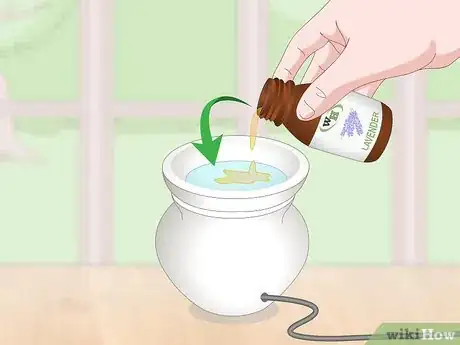

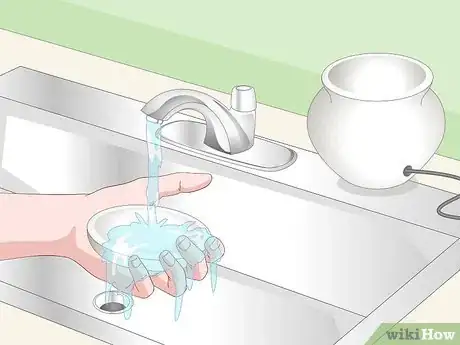
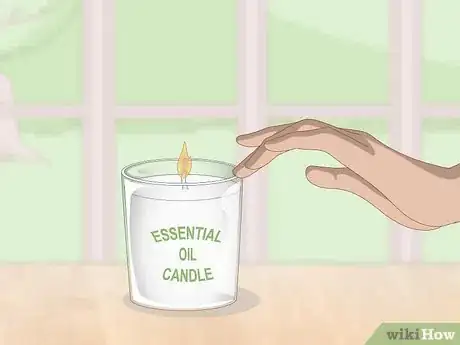

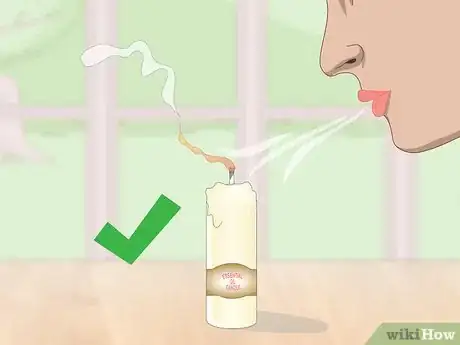



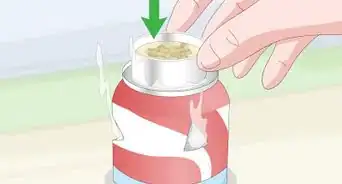
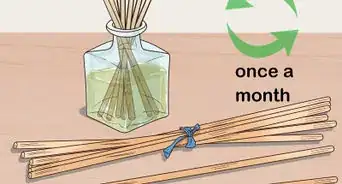

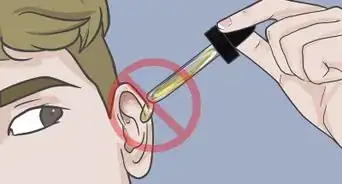
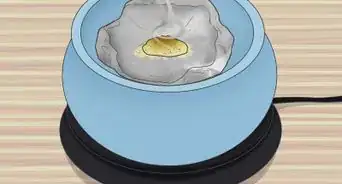
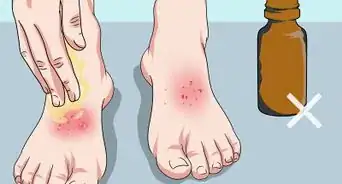














































Medical Disclaimer
The content of this article is not intended to be a substitute for professional medical advice, examination, diagnosis, or treatment. You should always contact your doctor or other qualified healthcare professional before starting, changing, or stopping any kind of health treatment.
Read More...